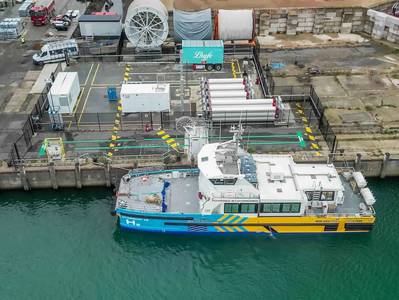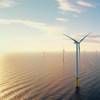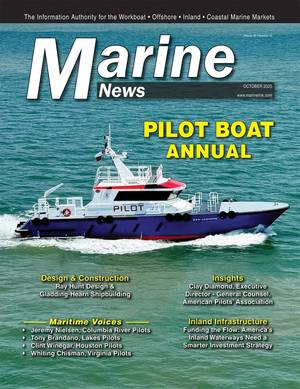JERA Nex bp Sees Full Commissioning of Ostend Hydrogen Refueling Station
JERA Nex bp, a global offshore wind company, has seen the full commissioning into an operational state of a new hydrogen bunkering facility in the Port of Ostend.
The Ostend Hydrogen Refueling Station seeks to fill a critical gap in the flow of green hydrogen from production to maritime users, acting as a proof of concept of what is possible in decarbonizing offshore wind at sea.
During its demonstration phase in 2025, the station in Ostend will initially serve one hydrogen-powered Crew Transfer Vessel, the Hydrocat 48, owned and operated by Windcat, though has the capacity to refuel several vessels per day.
The Hydrogen Refuelling Station (HRS) was developed by JERA Nex bp under the EU-funded ISHY (Implementation of Ship Hybridisation) program, which focuses on the development and validation of hybrid and hydrogen technologies in shipping and ports. The ISHY program is part of the EU’s Interreg 2 Seas initiative, which finances transnational projects in climate adaptation and low carbon technologies and is part funded by the European Regional Development Fund.
By demonstrating the viability of fueling vessels with green hydrogen, ISHY aims to reduce emissions and promote climate-neutral shipping in Europe.
JERA Nex bp led the development of and demonstration activities for the Hydrogen Refueling Station in collaboration with over ten partners — including industrial stakeholders and research institutions — and with coordination support from the Port of Ostend. Haskel served as the main contractor, leading the construction of the project. The green hydrogen currently used in the project is produced from renewable electricity in France and Germany, supplied by Lhyfe.
As part of its broader R&D strategy, JERA Nex bp is pursuing multiple innovation tracks aimed at improving the efficiency, reliability, and sustainability of offshore operations. These include the development of predictive maintenance systems for offshore infrastructure, aquaculture integration, and lightweight materials for maritime transport — all supporting the global transition toward a sustainable offshore energy ecosystem.









